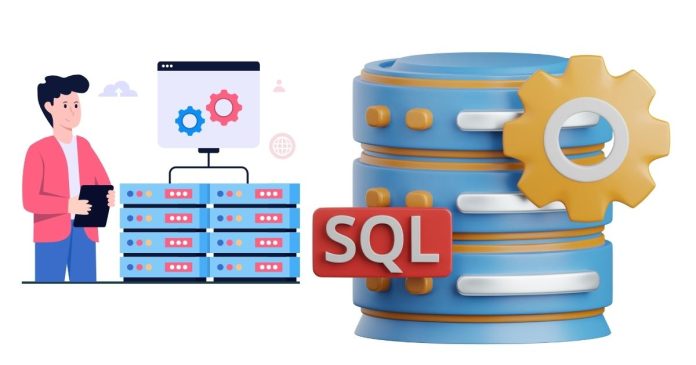Adding a new column to an existing SQL table is a common task when evolving database schemas. Whether you’re extending functionality or accommodating new data requirements, SQL provides simple commands to modify your table structure without disrupting existing data.
This article explores how to use the ALTER TABLE statement to add columns in various SQL databases. We’ll also cover best practices and examples.
Syntax of ALTER TABLE to Add a Column
The basic syntax for adding a column to a table is as follows:
ALTER TABLE table_name
ADD column_name data_type [constraints];
Here:
table_nameis the name of the table you want to modify.column_nameis the name of the new column.data_typedefines the type of data the column will hold (e.g.,VARCHAR,INT,DATE).[constraints]are optional, such asNOT NULL,DEFAULT, orUNIQUE.
Examples of Adding a Column
1. Adding a Simple Column
Suppose you have a table named employees and want to add a middle_name column.
ALTER TABLE employees
ADD middle_name VARCHAR(50);
This adds a column middle_name to the employees table with a maximum length of 50 characters.
2. Adding a Column with a Default Value
You can set a default value for the new column to ensure consistency for existing rows.
ALTER TABLE employees
ADD department VARCHAR(100) DEFAULT ‘General’;
Existing rows in the employees table will have the value General in the department column.
3. Adding a NOT NULL Column
If the new column must not allow NULL values, add the NOT NULL constraint. However, you must provide a default value to avoid errors with existing rows.
ALTER TABLE employees
ADD hire_date DATE NOT NULL DEFAULT ‘2025-01-01’;
4. Adding Multiple Columns
You can add multiple columns in a single ALTER TABLE statement:
ALTER TABLE employees
ADD (salary DECIMAL(10, 2), bonus DECIMAL(10, 2));
This adds salary and bonus columns to the employees table.
Database-Specific Considerations
MySQL
- MySQL allows you to specify the position of the new column using
AFTERorFIRST.Example:
ALTER TABLE employees
ADD job_title VARCHAR(100) AFTER last_name;
PostgreSQL
- PostgreSQL does not allow positioning columns; they are always added to the end of the table.
SQL Server
- Similar to PostgreSQL, SQL Server adds new columns at the end of the table.
- Ensure compatibility with data types and constraints.
SQLite
- SQLite only supports adding columns at the end of the table and does not allow adding constraints (like
NOT NULL) during theALTER TABLEoperation.
Best Practices
- Backup Your Data:
- Always create a backup of your database before making structural changes.
- Consider Column Order:
- While column order doesn’t affect functionality, you might want to position new columns logically for readability. MySQL allows explicit positioning, but others do not.
- Test on a Staging Environment:
- Test the
ALTER TABLEcommand in a staging environment to ensure no unintended consequences.
- Test the
- Review Constraints:
- Think carefully about constraints (
NOT NULL,UNIQUE,DEFAULT) to maintain data integrity.
- Think carefully about constraints (
- Minimize Downtime:
- In large tables, adding a column might lock the table and cause downtime. Use tools like pt-online-schema-change for MySQL or partitioning strategies.
Common Errors and Troubleshooting
- Error: Adding NOT NULL Column Without Default
- Ensure you provide a
DEFAULTvalue if adding aNOT NULLcolumn to avoid this error.
- Ensure you provide a
- Error: Column Already Exists
- Check the table schema to ensure the column doesn’t already exist:
DESCRIBE employees; — MySQL
\d employees; — PostgreSQL
3. Performance Issues
- Adding a column to a large table can be resource-intensive. Schedule such changes during maintenance windows.
The ALTER TABLE command provides a straightforward way to add columns to existing tables, enabling your database to adapt to evolving requirements. By understanding the syntax, constraints, and database-specific behaviors, you can efficiently and safely modify your table structures. Always follow best practices, test changes, and plan for any potential downtime to ensure a smooth update process.


